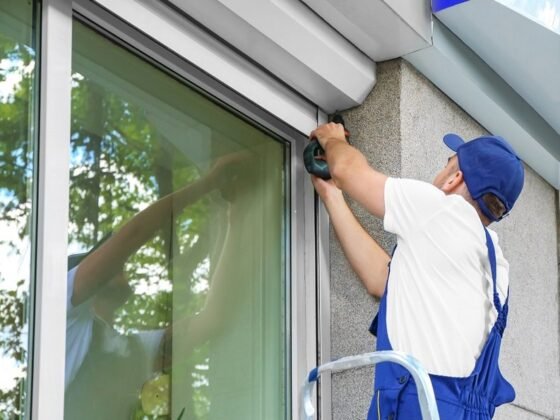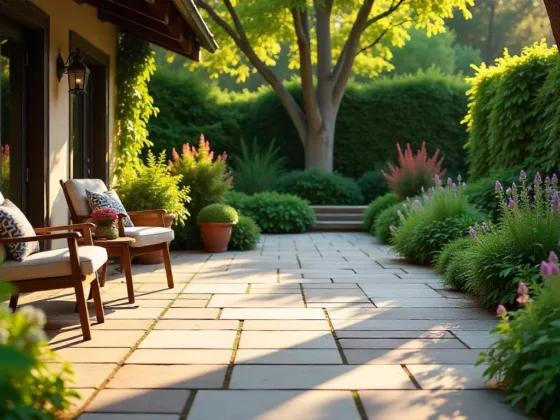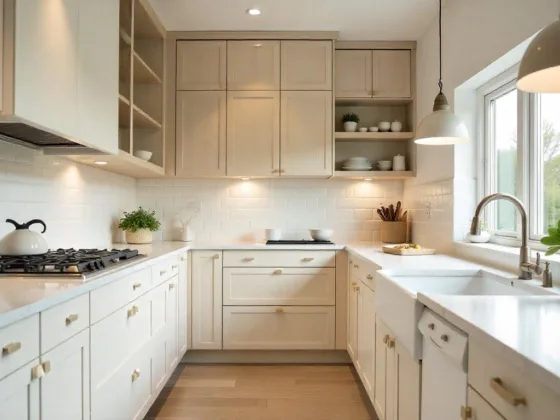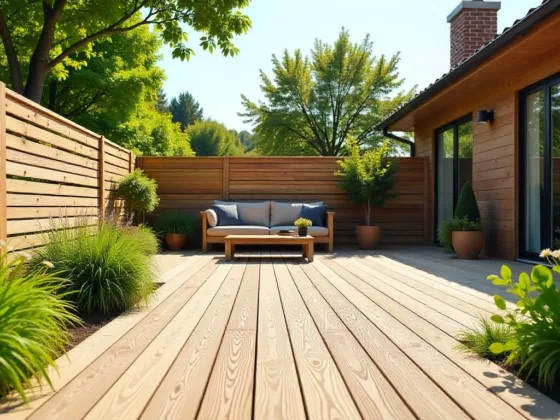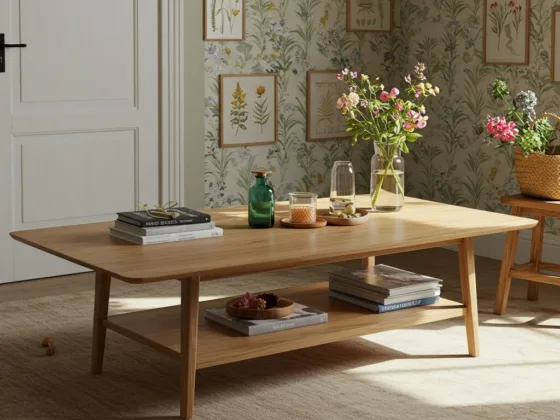Table of Contents Show
Learn how to do Venetian plaster finish to add depth and texture to your walls. Turn boring walls into artwork with this 2-step faux Venetian plaster technique.
Venetian Plaster Technique, Learn How to do Venetian Plaster Finish

Select Your Colors
The first step of a Venetian plaster finish begins with selecting the colors you want your plaster to be when it’s on your wall. While installing the plaster isn’t a difficult process, it is a time-consuming process, so making the best color choices the first time saves you time, money, and frustration. Choose colors you enjoy looking at and that will blend with your decor regardless of the seasons.
Take a look at your decorating history. If you change your color scheme frequently or redecorate your rooms on a regular basis, consider using earth tones or neutrals for your plaster colors.
Selecting your colors from these options means your Venetian plaster walls will look good with a variety of decor styles so when you update your furnishings or color schemes, you won’t have to redo it.
If your decor style is bold and colorful and you’ve used the same colors throughout your decor, feel free to use them in your plaster as there is little likelihood of you becoming bored with them.
Tools Needed for Venetian Plaster Finish
Gather your tools together before you start the project.
- Plastic tarp
- Low lack of painter’s tape
- Hawk
- Traditional trowel
- Stainless steel trowel (optional)
- Bucket
- Drill (mixing paddles)
- Plaster
- Plaster powder colorant
- High grit sandpaper
You’ll want a plastic tarp to cover anything you can’t remove from the room and you’ll want to protect the flooring with a plastic tarp, also. Keep low-tack painter’s tape close to tape the tarp in place. You’ll need a hawk, which is a large, square-shaped trowel and you’ll need a traditional trowel to apply the plaster with. If you want to burnish the plaster after it’s applied, you’ll also need a stainless steel trowel for that purpose.
Choose a clean 5-gallon bucket to mix your plaster in and use a drill with mixing paddles to ease the mixing process. If you’re coloring your plaster prior to putting it on the wall, you’ll need powder plaster colorant as well. Purchase your colorant when you purchase your plaster. All of these tools are available at your local home improvement center.

Venetian Plaster Finish Preparation
One important thing to remember when learning how to do a Venetian plaster finish is that it can be a messy job.
Preparing for the application process minimizes the mess and speeds up the cleanup. Empty the room. If this isn’t possible, cover the furniture with plastic, and tape the plastic with low tack painter’s tape to keep it tightly secured to the furniture it’s protecting.
Sand the walls with high-grit sandpaper. The higher the number on your sandpaper, the smoother the wall. Starting with a smooth wall enhances the effect of Venetian plaster. Sand as much of the texture from your wall as possible, but take care not to sand through the drywall.
Wipe down the walls and plastic tarp with cloths. Vacuum thoroughly and repeat the wipe-down. Remove as much of the fine dust particles created by the sanding as possible.
Must Read:
Get Mixing
Mix your plaster according to the manufacturer’s instructions. Some plaster comes pre-mixed and you’ll only need to stir it up prior to applying it while other types of plaster come in a powder form and require the addition of water. Add the required amount of water and mix the plaster with an electric drill equipped with mixing paddles.
Mix the plaster thoroughly until it’s creamy and smooth. Add the color additive to your plaster and mix for several minutes. Take the time to scrape the sides of the bucket and the bottom of the bucket with your paddles to make sure all of the plaster is evenly colored.
First Application
Scoop up some plaster onto your hawk. The hawk is a large, square trowel that serves as a holding place for the plaster you’ll use; similar to how a paint pan holds small amounts of paint for your roller. Position the plaster so it’s centered in the hawk. Hold the hawk in your non-dominant hand so if you’re right-handed, the hawk should be in your left hand.
Scoop up a smaller amount of plaster with a smooth-edged trowel. Hold the trowel between your body and the hawk and pick up the plaster by scooping it away from your body and toward the hawk in an upward motion.
Start applying the plaster to the wall about 1/3 the way up. Hold the trowel nearly flat to the wall and pull the plaster up the wall. Move your trowel from left to right as you move up the wall. When you reach the top of the wall or the top of your arm’s reach, smear the plaster on the wall and pull it down the wall using the opposite end of the trowel.
Hold the trowel at the same angle and pull down, working right to left. Keep the trowel at the same angle throughout the application process and try to keep this coat as smooth as possible.
Add more plaster to your trowel and hawk as needed and work until the wall is completely covered. Do not stop in the middle of the wall or you’ll have noticeable segments in your finished design.
Consider working in pairs, with one person wearing drywall stilts to plaster the upper portion of the wall while you plaster the lower portion. Another way of working with a partner is to have one person apply the plaster while another smooths the plaster behind him.
Putting on the Second Coat
Let the first coat of Venetian plaster dry for approximately four hours — it’s dry when it has a matte or flat finish. Once the first coat is dry, apply the second coat of plaster.
Apply this coat in a skip-trowel fashion: meaning you’re applying a second color of plaster over the top of the first, but skipping sections of the wall so the first coat can be seen.
Work in overlapping X shapes so there are spots where the first color shows through, where the two colors of plaster blend slightly, and where the second color of plaster completely covers the first color.
Hold the trowel at a 45-degree angle for the second coat of plaster and twist your wrist in a different direction for each X shape. Work in a 3-foot by 3-foot section and step back frequently to check your work.
Ensure you’re creating a random pattern and not working in a predictable pattern as that pattern will show on your final product. Allow this coat of plaster to dry overnight before continuing. If the weather is particularly humid or it’s raining, wait 48 hours before you continue.
Getting the Look
Create a burnished appearance for your Venetian plaster by scraping a clean stainless-steel trowel across the dry plaster. The darkening and shining plaster that appears is the burnished plaster. Add as much or as little burnishing as you like. This is a personal preference.
Seal your Venetian plaster with a sealant that’s painted on the wall, just as traditional paint is applied. This sealant helps prevent scratches in the plaster which can happen when furniture is placed on the wall that’s been plastered.
The look of Venetian plaster works well in any room where you want to create depth and interest but is particularly authentic if you are decorating a Tuscan-style kitchen for example. The great thing about this technique is that it is unique as it depends on creativity – go create!
References
- Basic Color Theory; https://www.colormatters.com/color-and-design/basic-color-theory
